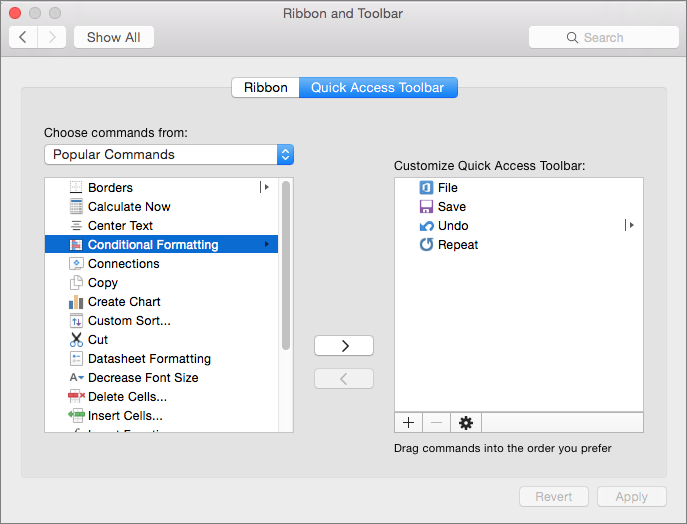

#Excel for mac 2016 conditional median how to#
To truly leverage the capabilities of conditional format in Excel, you have to learn how to create various rule types. How to create Excel conditional formatting rules Now that you know where the conditional formatting feature is located in Excel, let's move on and see what format options you have and how you can create your own rules. Conditional formatting in Excel 2007Ĭonditional formatting in Excel 2013 - 2019

And the good news is that in all modern versions of Excel, conditional formatting resides in the same location, on the Home tab > Styles group. Where is conditional formatting in Excel?įor a start, let's see where you can find the conditional formatting feature in different Excel versions. You do this by creating rules (conditions) where you define when and how the selected cells should be formatted. You can apply conditional formatting to one or several cells, rows, columns or the entire table based on the cell contents or based on another cell's value. The difference is that conditional formatting is more flexible, it allows you to format only the data that meets certain criteria, or conditions. The same as usual cell formats, you use conditional formatting in Excel to format your data in different ways by changing cells' fill color, font color and border styles. The basics of Excel conditional formatting

The tutorial explains the basics of Excel conditional formatting feature.


 0 kommentar(er)
0 kommentar(er)
